Happy World Egg Day! Celebrated on the second Friday of October for nearly 20 years and in 32 countries—the holiday is a real thing.
In honor of the occasion, we took Hudson and Skyler out to one of our local farms—Pasture 42, in the beautiful Capay Valley—to meet the farmer and collect some of the lovely eggs we see for sale at our Saturday market.
Ken and Susan Muller’s farm, Pasture 42, is located in Guinda, California, and produces meat, eggs, dairy products, and olive oil. We were particularly interested to meet their laying hens—including Silver-laced Wyandottes, Gold-laced Wyandottes, Araucanas (the blue-egg layers), Buff Orpingtons, Red Sex-links, Delaware, Barred Rocks, Rhode Island Reds, and Black Australorps.
Fun fact: Shell color has no effect on nutrient content and has everything to do with the chicken. In general, white chickens tend to lay white eggs and red-feathered chickens tend to lay brown (or pink or green or blue) eggs. Nutrient content is determined by the hen’s feed.
Ken was so sweet and patient with Hudson, who wanted to pet every chicken. I later learned that they hope to make Pasture 42 a teaching farm, which would be amazing! It’s so awesome to see Hudson learning where his food comes from and appreciating the work and care involved. (By the way, if you’re not able to visit an egg farm nearby, the American Egg Board has set up a Virtual Field Trip.)
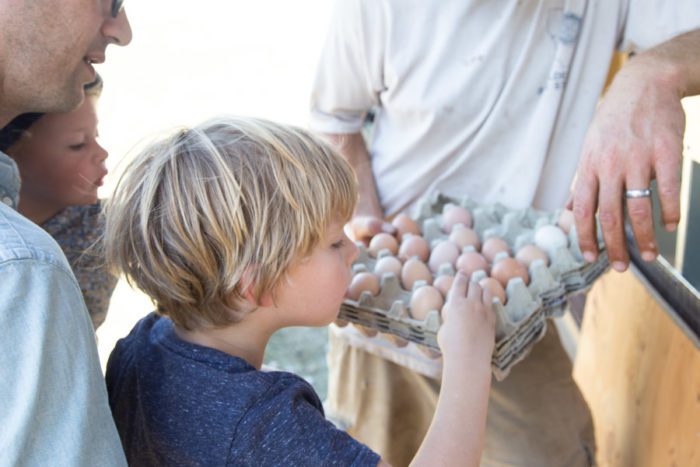
Ken explained that their coops are mobile, surrounded by movable electric net fencing, so that the chickens can be rolled forward to fresh grass (and fresh worms, bugs, and whatever else they can forage in addition to their feed). At the same time, the cows (part of a herd-share) rotate and the manure is dispersed by the chickens, and the chickens help fertilize the pasture.
We couldn’t help but say hello to some of those cows…
…and bulls!
After touring the pastures (and my realizing I was ridiculous not to put everyone in closed-toe shoes), we walked back up to the mill-house and barn to see how the eggs are cleaned and packaged.
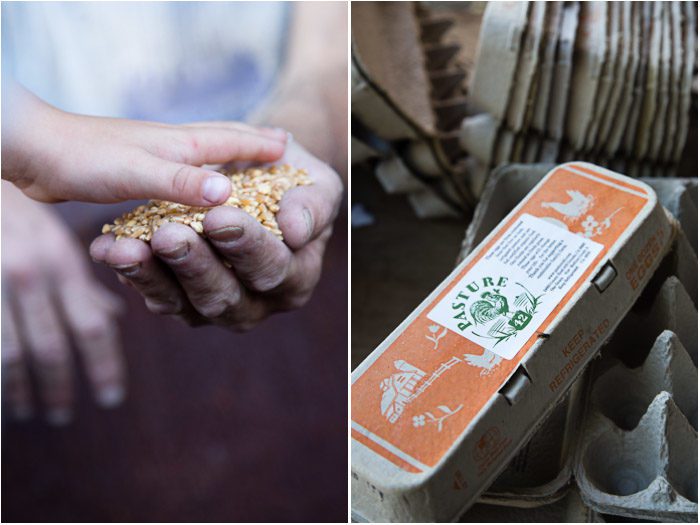
The best part? We took home fresh eggs that everyone was excited to try.
If you’re ever in the area, be sure to look up Pasture 42 and see if they have an open house coming up (or a market stall nearby).
A few more bits of trivia in honor of World Egg Day:
- Hens lay approximately 286 eggs each year (one every 1-1/2 days).
- Most eggs are laid between 8 and 11 am. (And Farmer Ken explained that they often like to roost in the same spot as a previous chicken—perhaps because it proved safe.)
- A chicken’s eggs get larger as she matures.
- The U.S. ranks as one of the top countries in egg consumption per capita at 263 eggs in 2014. (Mexico leads the way at 352.)
- One egg contains six grams of protein—in 70 calories. (They’re one of the most affordable sources of protein.)
- The hundred folds in a Chef’s toque (hat) represent the hundred ways to cook an egg. (What’s your favorite? Here’s mine.)
P.S. More from the Capay Valley: my birthday party at Full Belly Farm, and the regional Almond Festival.
This post is sponsored by the American Egg Board, with whose support I’ve been sharing some of my favorite ways to prepare eggs. Visit IncredibleEgg.org for a variety of recipes, nutrition information and more. And be sure to follow The Incredible Egg on Twitter, Instagram, Pinterest and Facebook to see how (& where) World Egg Day is being celebrated with #MyWorldEggDay. Thank you to Ken and Susan for letting us drop in to visit Pasture 42 (and pet all the animals).


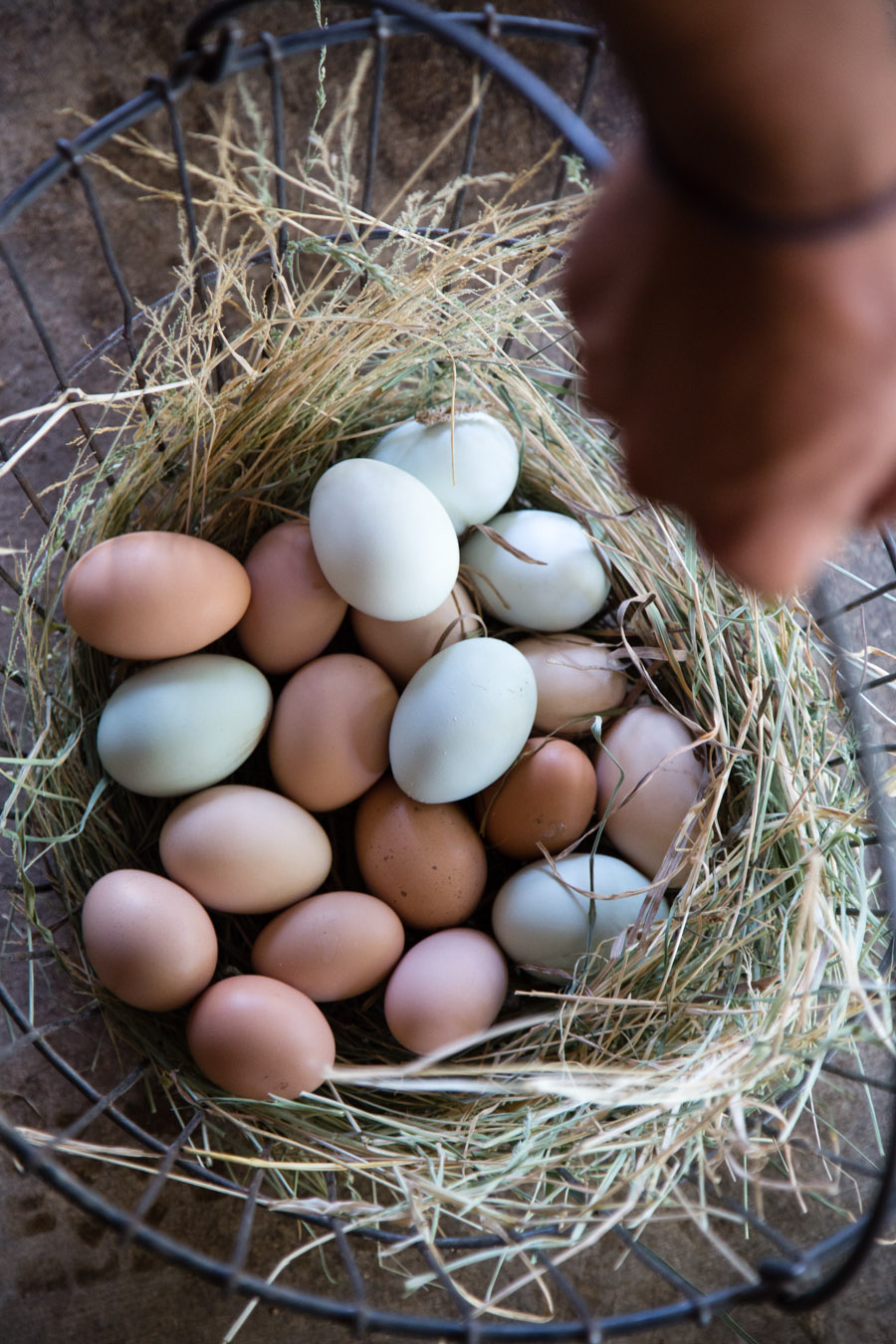
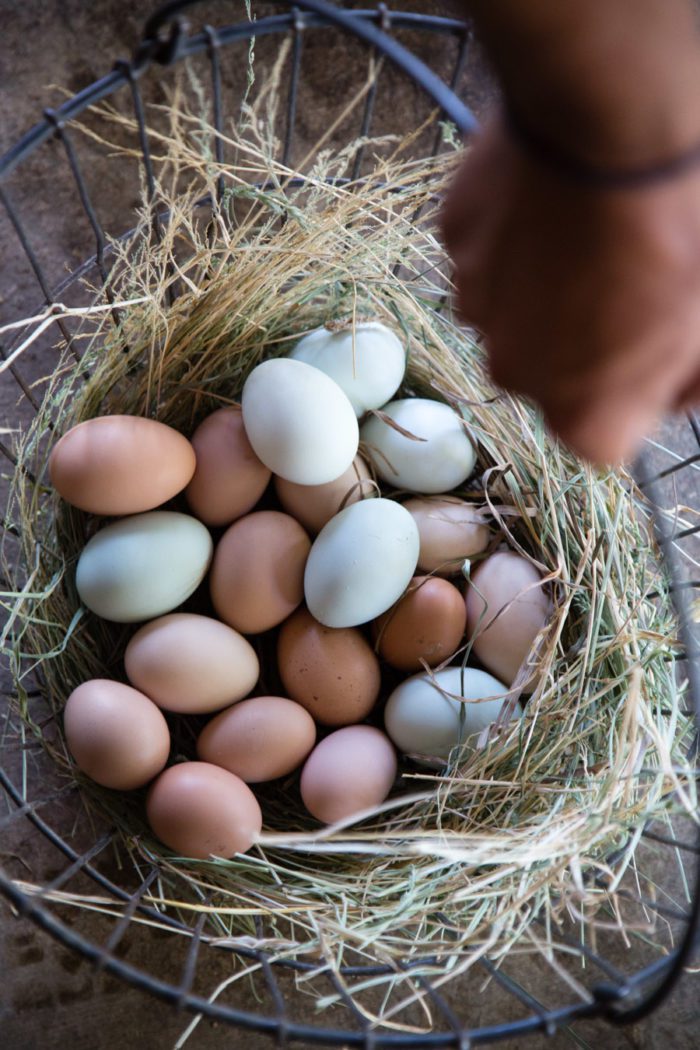
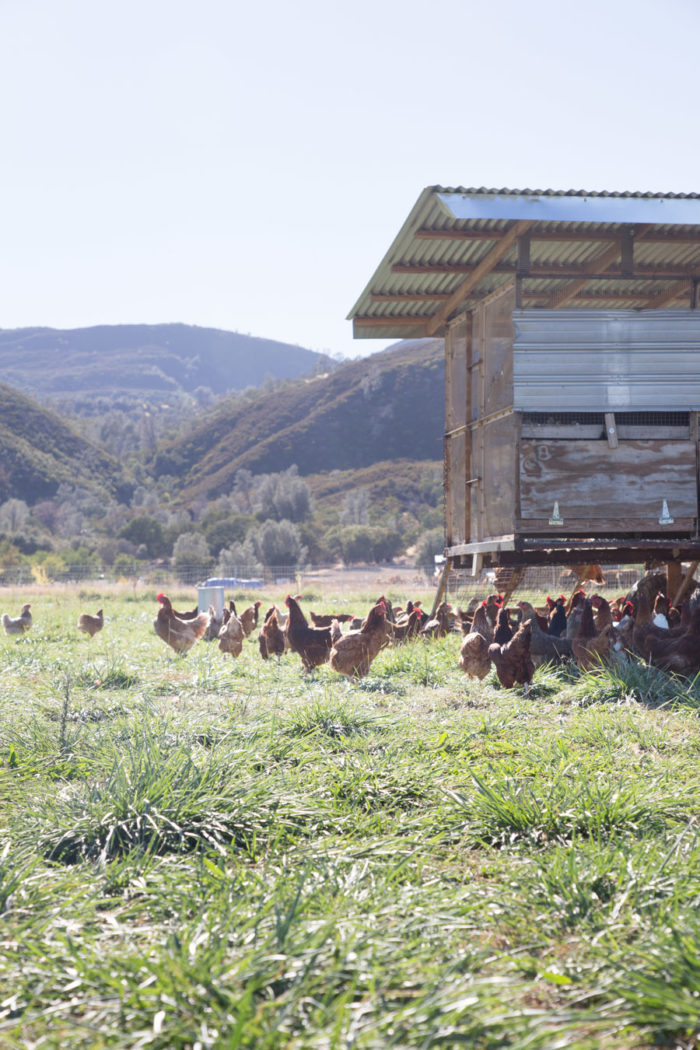
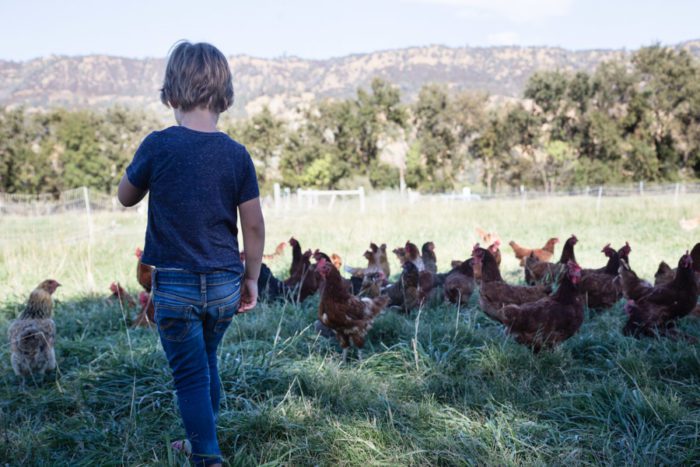
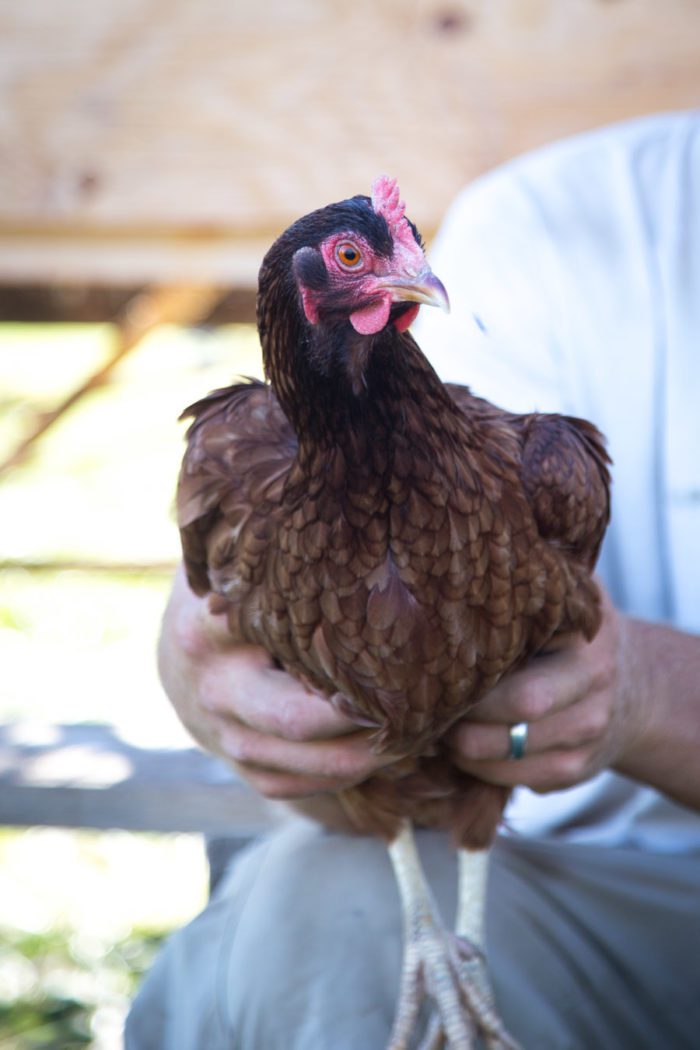
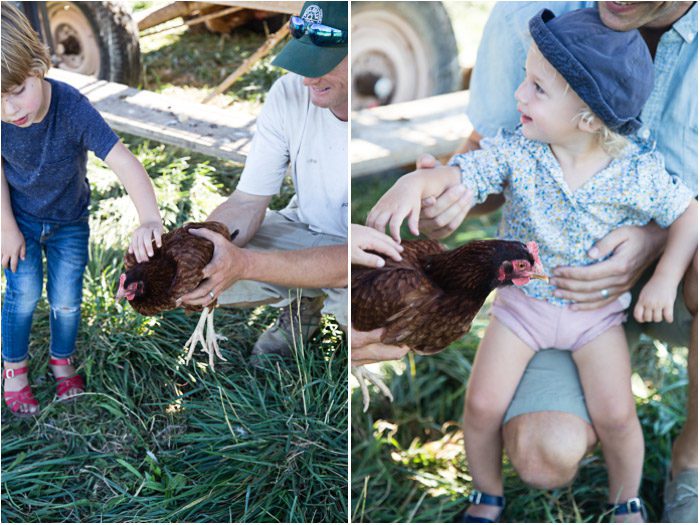
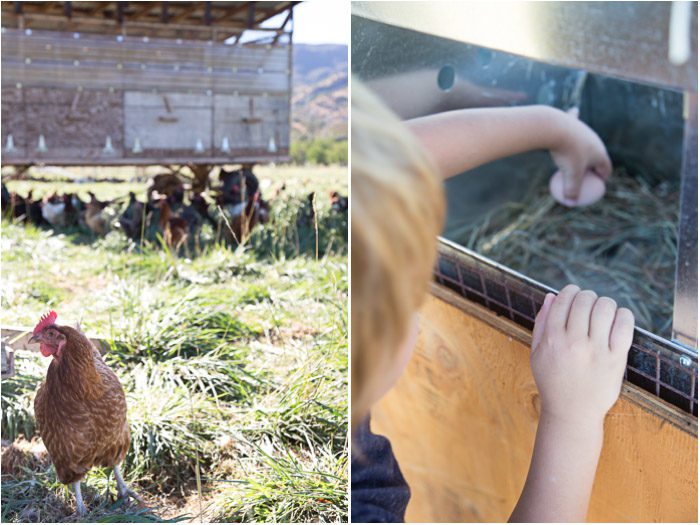
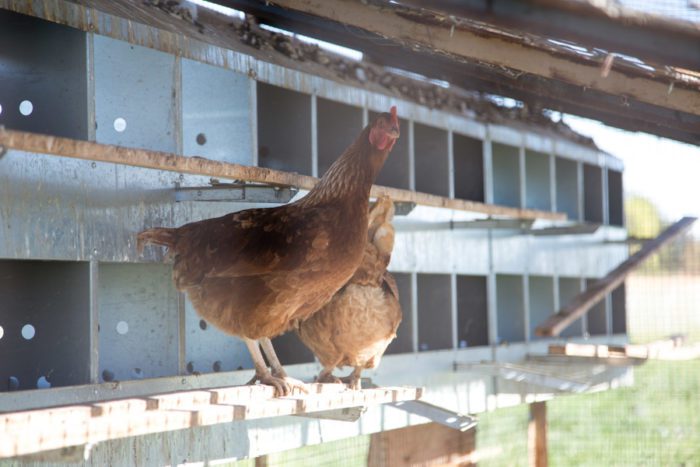
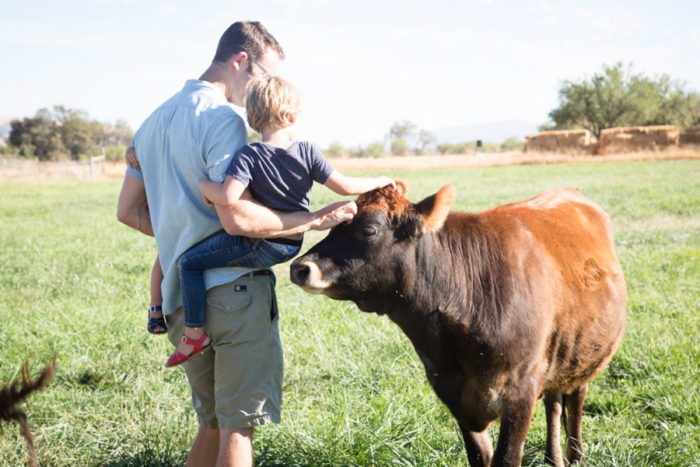
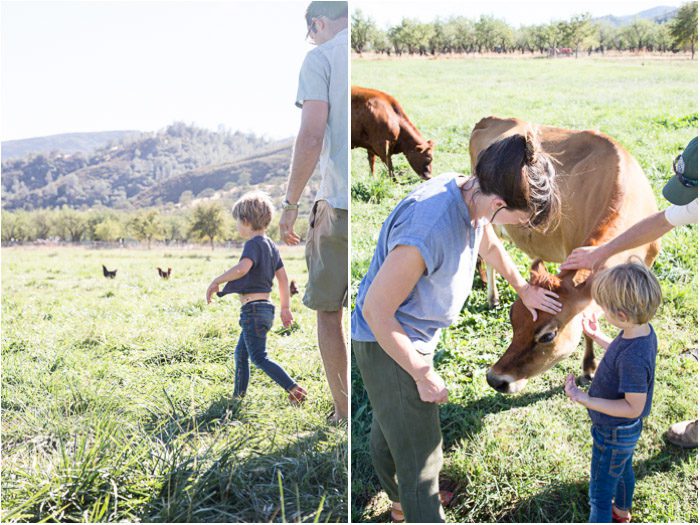
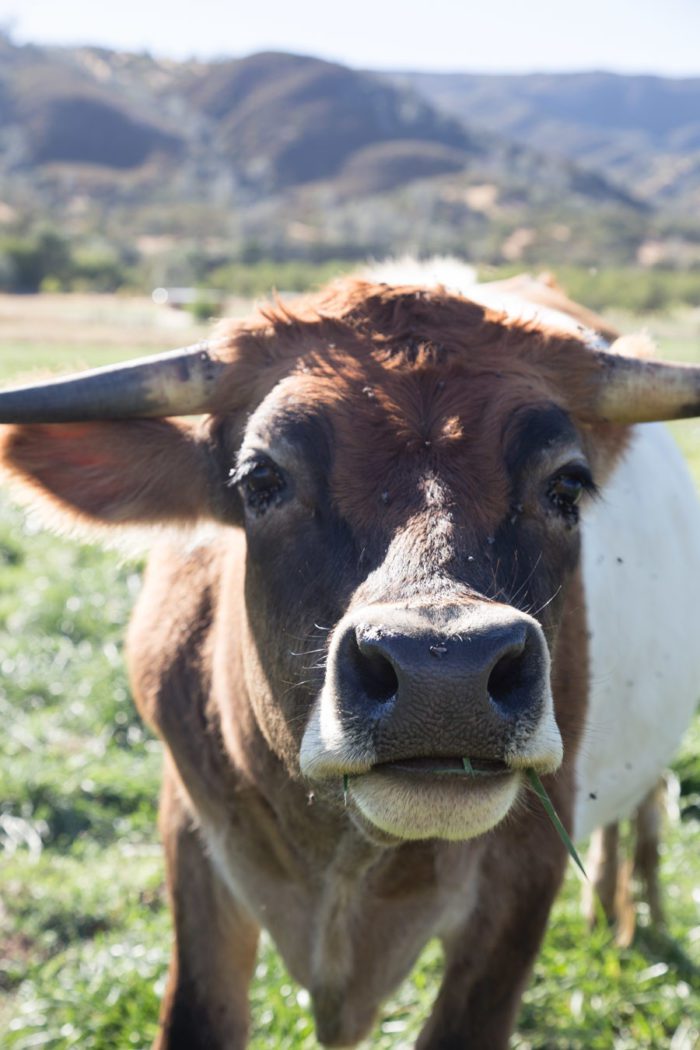

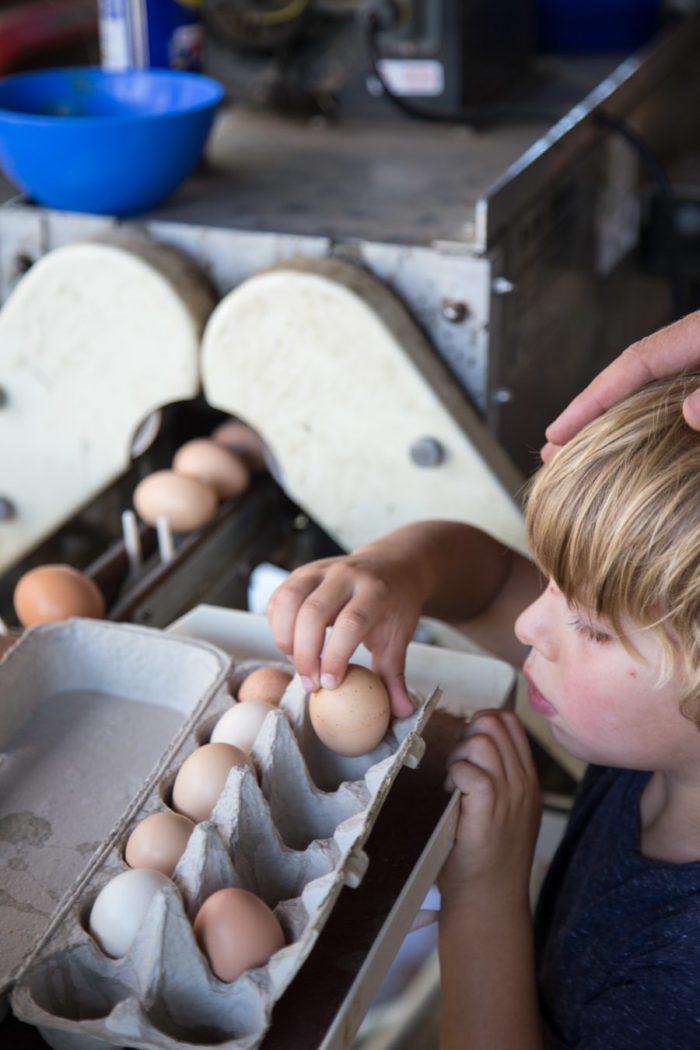
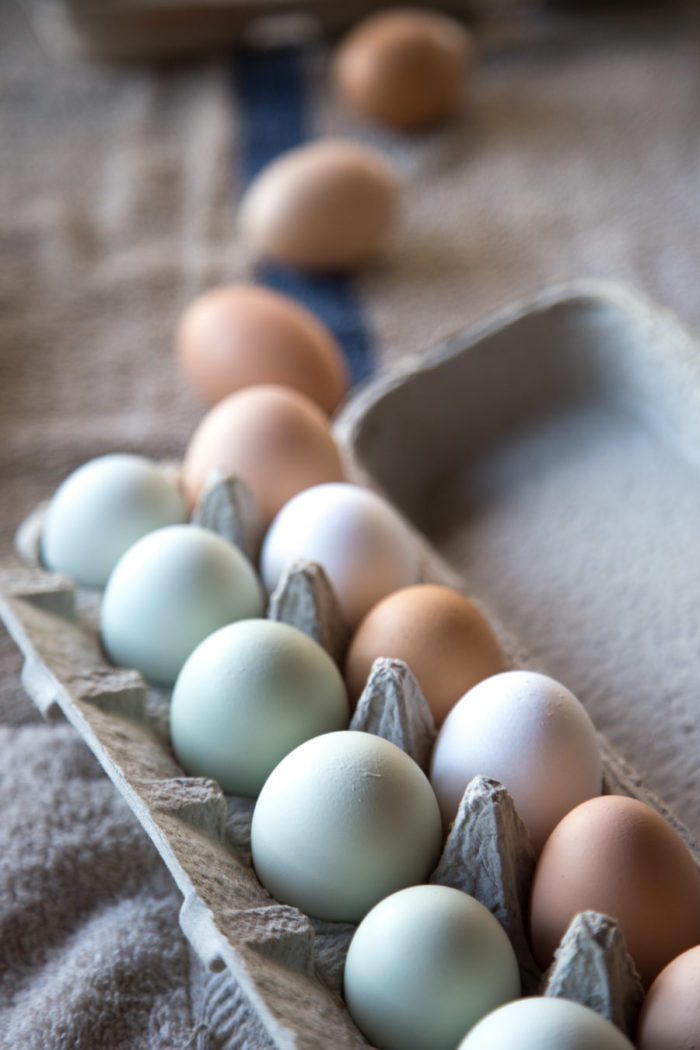



































10 Comments